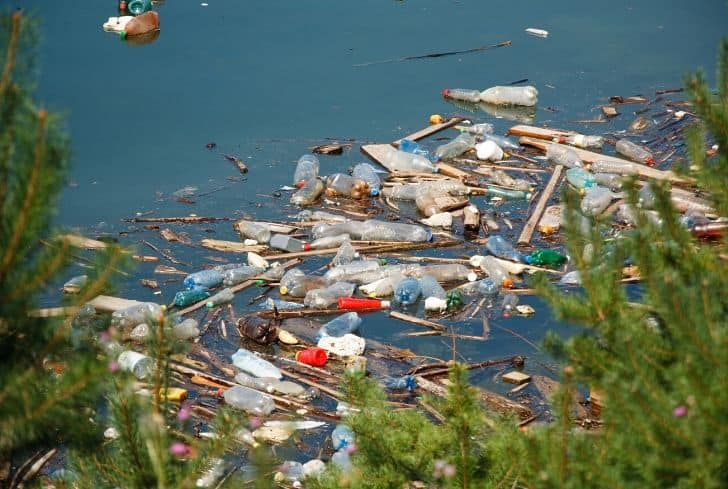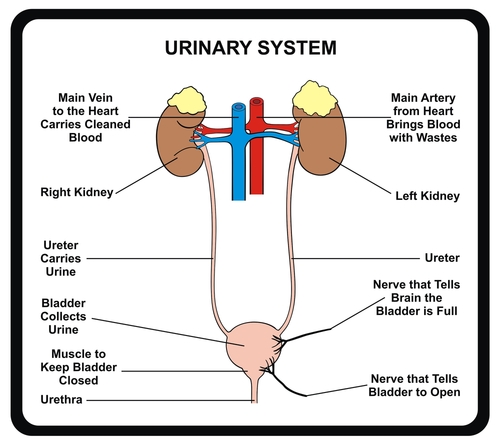This week we finished building our rockets, but we didn’t get the chance to launch them because it rained on the day we were going to. Instead we started making books about things we have learned throughout all the years that we have had science with Shane. We are taking a picture for each page to describe the subject then we also write a little paragraph about each one as well. Thats about all we did so I watched a TED-ED about how plants defend themselves, and here is what I learned. Plants have defence mechanisms that are on the inside and outside of a plant, for instance, bark is full of lignin which is a ridged web of compounds that is tough to chew. Leaves are protected by a waxy cuticle that deters insects and microbes. Some plants use defence mechanisms like spikes and thornes to deter the bigger predators. Some plants leaves have hairlike structures called trichomes, the kidney bean plants have tiny hooks to stab the feet of bed bugs and other insects, in some species trichomes also dispense chemical iratense. For the plants the pain comes after the herbivore takes its first bite. Spinach, kiwi, pineapple, fuchsia, and rhubarb, all produce microscopic needle shaped crystals called raphides, they can cause tiny wounds on the inside of an animals mouth, which creates entry points for toxins. The mimosa plant has a strategy designed to prevent herbivores from taking a bite at all, specialised mechanoreceptor cells that detect touch and shoot an electrical signal through the leaflet to its base causing the cells to release charged particles, the buildup of charge draws water out of these cells and they shrivel, pulling the leaf closed. The motion of the leaf folding scares the insect away.
Do all plants have atleast one defense mechanism?
Do plants develop these skills as they grow?
What plants last through winter?





